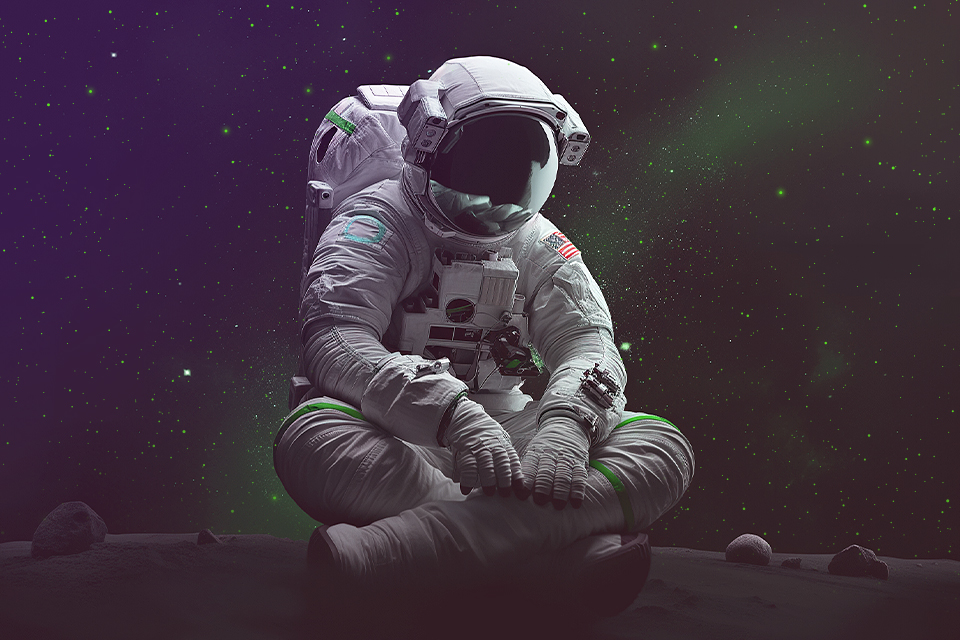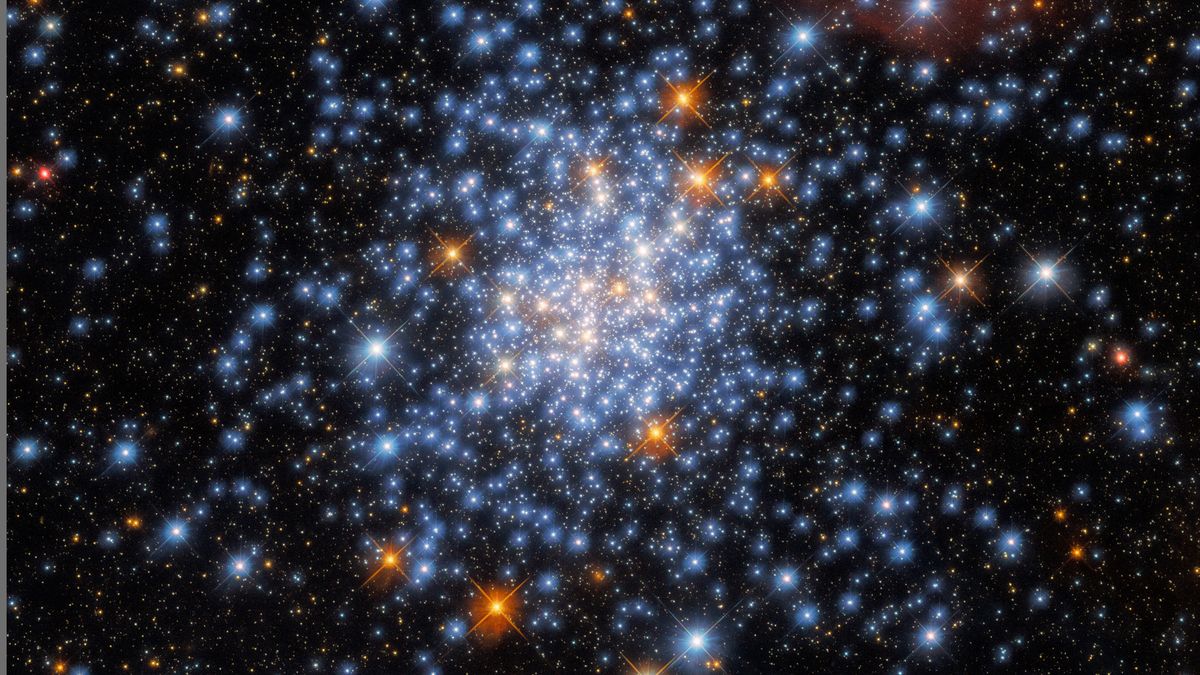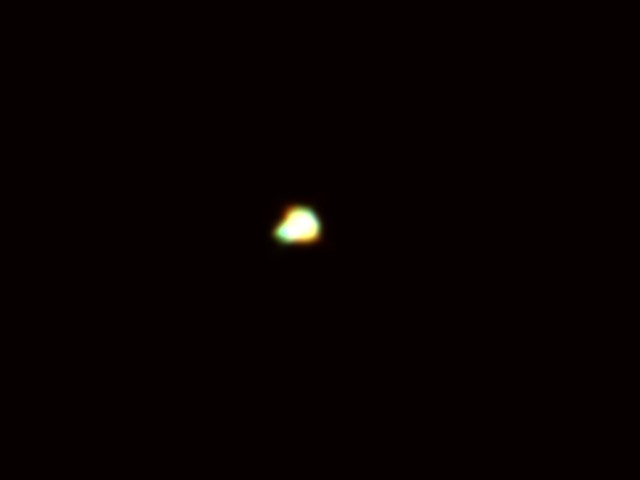Astronomy enthusiasts know that the most common stars are red dwarfs. They account for about 75% of the population of the Milky Way. Orange and yellow dwarfs are also quite common in space (the latter include our Sun). At the other end of the spectrum are the ultra-rare blue hypergiants, the hottest and most massive stars in the Universe.

You may notice that there is something missing from this classification. We are talking about the colour green. If there are red, yellow, and blue stars, then there must be green stars somewhere in space, right? But it’s not that simple. In honour of the upcoming St Patrick’s Day, we’re going to tell you whether there are green stars in the Universe.
What causes the colours of stars
The colour of a star depends on the temperature of its surface: the higher it is, the higher the average energy of the photons it emits, and the shorter the wavelength. That is why the radiation of the hottest stars in the Universe is shifted to the blue-violet part of the spectrum. At the same time, the emission of cold red dwarfs peaks in the red and infrared parts of the spectrum.

In between these two extremes are sun-like stars with a surface temperature of about 6000 ℃. And this corresponds to the peak of green radiation. So maybe our Sun is a green star?

All the colours emitted by our Sun. Source: Nigel Sharp (NSF), FTS, NSO, KPNO, AURA, NSF
No, it’s not. Indeed, the maximum solar radiation covers the green part of the spectrum. But the fact is that the range of light emitted by it is quite wide. The sun also emits light of red, yellow, and blue colours. They mix and balance each other. As a result, such stars appear white to the human eye — their light equally excites all three types of cones in the human eye.

Photo of the Sun from the ISS. Source: NASA
Here, someone may ask a reasonable question about how the Sun can be white, if in fact it is usually yellow in the Earth’s sky. But everything is simple. The apparent colour of the Sun is determined by the scattering of its light in the atmosphere. As soon as we go beyond its boundaries, all shades disappear and our sun becomes dazzling white. To see this, just look at the pictures and videos taken from orbit.
“Imaginary” green stars
So, although there are stars in the Universe whose maximum radiation falls in the green part of the spectrum, due to the peculiarities of the structure of the human eye, they will appear white to us. But it is precisely because of these same peculiarities that we can still see stars in the sky that appear green to us, although they are not.
A similar optical illusion sometimes occurs when observing binary star systems. If its components have different colours, the mixing of the two can make it appear to the human eye that one of the stars is greenish.
A classic example is Antares. The main star is a red supergiant. Against the background of its bright golden-orange colour, its dim companion appears emerald — although in reality it is a white-blue star.

The situation is similar with the Alamak system (Gamma Andromeda). It consists of four stars, but when observed through a telescope with a low magnification, they merge, making it seem like there are only two. The main pair is golden yellow, while the companion is blue. But some observers sometimes interpret its colour as green.

Gamma Andromeda through a telescope. Source: wikipedia
Beta Libra is also worth mentioning. This is a hot white-blue star. But it is interesting that in the XIX century, many observers described it as greenish and called it the only green star visible to the naked eye. Modern researchers are at a loss to explain the reason for this. It is possible that in the past Beta Libra was surrounded by some material that created the illusion of it being green.

